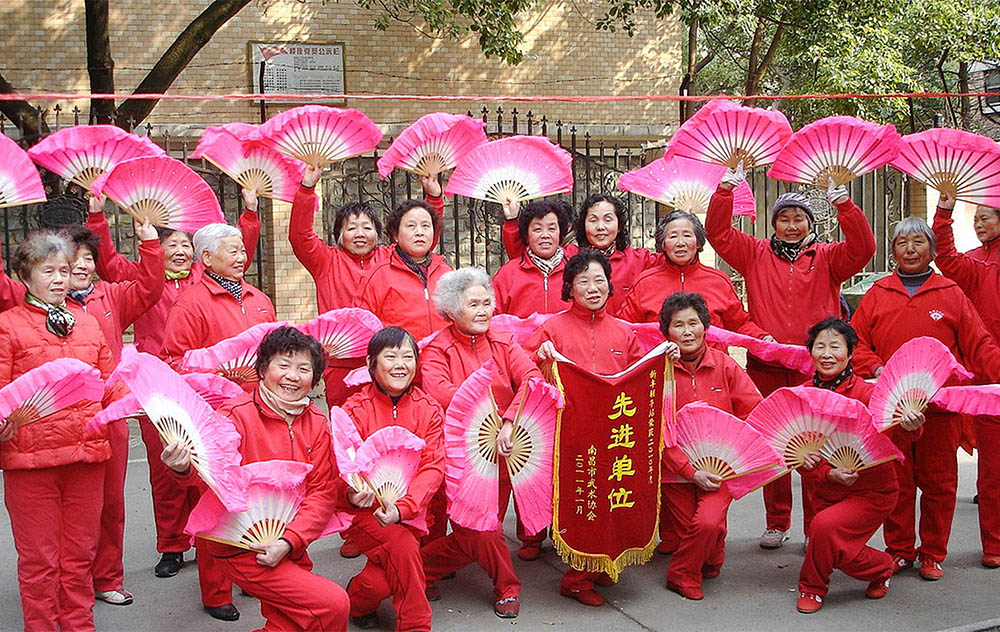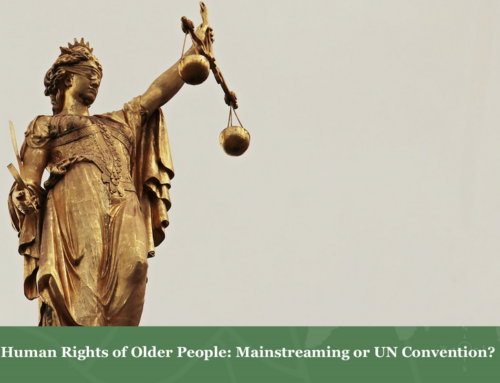We have long known the psychological consequences of long-term loneliness. Being isolated from others often leads to depression, anger, increased stress levels and poor decision making. Intimacy is an innate human need. We need to be touched, to be able to confide in someone and to give and receive help. We need to feel like we matter to someone. When we don’t, the effects on physical health are just as devastating as on mental health. Loneliness harms our health. Social connections are important, especially for older persons
Loneliness makes your body sick
Researchers have discovered recently that loneliness is actually harmful to your body. And not just a little bit. One study reported that the health impact of loneliness is the same as smoking 15 cigarettes a day! Dr, Steven Cole, a genetics researcher at UCLA, found that loneliness can speed up plaque buildup in the arteries, encourage cancer cell growth and promote inflammation in the brain. If that weren’t bad enough, other researchers have found that lonely people are 26% more likely to die and 64% more likely to develop dementia.
Social connection heals
The good news is, the effects of even chronic loneliness can be reversed. Researchers have found that moods improve, inflammation reduces significantly and life satisfaction increases when an older person is able to reconnect with others. This is not a major surprise, but it does present a fairly large challenge to the older community.
The care options available to older persons – aging in place, moving in with busy family, or going to a care home – are all potential risks for increased loneliness. While it’s comforting to stay with what’s familiar, remaining at home doesn’t necessarily mean the older person is connected with the community. The neighborhood landscape can change drastically, friends and neighbors move away and tasks that used to be easy and enjoyable become burdensome.
Though the concept is still in its infancy, intergenerational housing – where people from all generations live together and share communal space like outdoor kitchens and meeting rooms – is becoming more and more popular. These apartment complexes aim to have one third of the occupants under 40, one third between 40 and 60 years old and one third older than 60. Everyone who lives in the building commits to developing strong relationships with their neighbors. They offer one another practical help with childcare, rides to appointments or care when ill.
How to make authentic social connections in old age
It’s easy enough to say that older person should just get out of the house more or make more friends. It’s much more difficult in practice. The strong bonds necessary for authentic connections require time and proximity, things an older person may not have a surplus of. Retirement can disconnect a person from a support network they’ve known for 40 years. Lack of mobility can make something as sitting out on the front porch difficult or even impossible. An older person’s partner may have died or their care home might be in an unfamiliar neighborhood or city.
Here are some examples of how an older person can make meaningful social connections
Finding purpose
Several studies have found that finding purpose is a more effective way to combat loneliness than just going to a bunch of social events. Determining one’s purpose as an older person can be much more difficult that it might first seem. When people are younger, often their focus is on family or career and it is very clear what is required of them. After age 65, the career or parent identity no longer applies and it can take a while to find where one fits in the community. Feelings of uselessness or being forgotten are common.
The best way to find purpose in old age is to first find *a* purpose. Join a club or committee. If it doesn’t feel right, try something else. And something else again. Eventually, something will spark joy. When it does, stick with it.
Finding a way to help
One of the quickest ways to connect with others and feel like we have a purpose is to find a way to be helpful. We don’t have to solve world hunger all by ourselves, but we could spend an afternoon a week helping at the food bank, walking dogs at the shelter or even working as a guide at a local historical site. If getting around is a problem, invite a group of like-minded people over to knit mittens for needy kids. Helping benefits both the recipients and those giving help. It brings new meaning to the lives of those who offer help, fosters social connections and intimacy.
Being able to help, advise and give is doubly important because it helps combat the feelings of dependency and vulnerability that come with aging.
Finding a tribe (and maybe even a new love)
One of the privileges of retirement is time to pursue interests that weren’t compatible with family or work demands. Join a choir, find others who love to exercise, build things, or hip hop together. One may not be able to do the activity as well as one could have at age 20, but the sense of accomplishment, new friends and fun of learning is well worth it.
Just like when we were younger, joining a new club or starting a new activity is a wonderful way to meet a new love. And we’re never too old for that.
Additional content posted Oct 30, 2020: Check out Age Knowble in conversation with Tamarack Institute on Loneliness and Older Persons.






